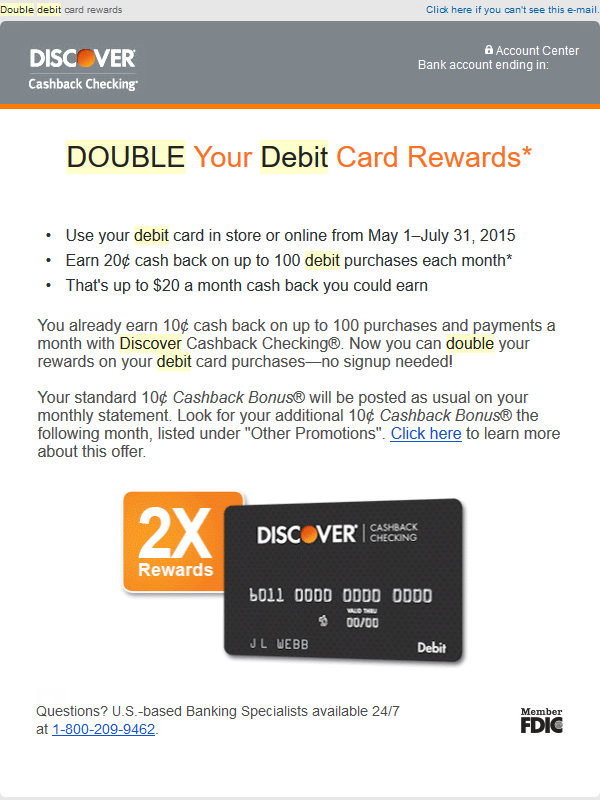I would love feedback or testing from people on this financial literacy quiz I created today, 1/26/2016:
https://www.goconqr.com/en-US/p/4376400
It is only 10 questions, and covers the topics of credit scores, income tax, coupons, checking accounts, payday loans, and a couple others.
Unfortunately, Udemy does not have great quiz options. I spoke with Dr. Bobby Hoffman, who is advising me with the creation of my online course at University of Central Florida, and he said it is possible to create a Udemy course while directing students off the site for assessments. I am fairly impressed with GoConqr quizzes, since they offer multiple selections, explanations, randomization, public quizzes, and many other options for free.
My Capstone projects for the Applied Learning & Instruction M.A. program at University of Central Florida involve creating an online course called Introduction to American Personal Financial Literacy, and a companion paper.
I have not yet determined my course objectives and learning theories that will be used, but will obviously be doing this very soon, and will make sure future course materials are more informed by research. I created this quiz to get myself started with assessments and brainstorming.
Richard
QUESTIONS BELOW, but go to https://www.goconqr.com/en-US/p/4376400 to try the quiz (order of questions and choices will be randomized). On GoConqr, after you submit the quiz, review the questions to see my explanations regarding the correct answers.
TITLE: A fairly difficult American financial literacy quiz written by Richard Thripp on 1/26/2016
DESCRIPTION: A fairly difficult American financial literacy quiz written by Richard Thripp on 1/26/2016. 10 questions; all multiple choice including two with check boxes.
*************************
1.) Which of the following is MOST detrimental to your credit score?
a.) A poor mix of account types (e.g., only having credit cards, but no auto loans, mortgages, student loans, etc.)
b.) Many recent credit inquiries
c.) A missed payment that was over 90 days late
d.) High credit utilization
*************************
2.) You are exactly one week late paying your electric bill, and incur a 1.50% late fee for this. Converting this to an annual percentage, about how much effective APR did you pay?
a.) 0.03%
b.) 1.50%
c.) 18.00%
d.) 78.00%
*************************
3.) When filing your federal income taxes, you take the standard personal deduction of $6300, but you could have deducted $8300 had you itemized your deductions. If the income that could have been reduced is entirely in the 25% tax bracket, how much additional federal income tax did you pay by taking the standard personal deduction?
a.) None
b.) $250
c.) $500
d.) $2000
*************************
4.) Amanda wants to marry Fred. Fred has no savings or assets and receives $650 per month in SSI disability benefits. Amanda has $5000 in her savings account, $3000 in other assets, no disabilities, and minimal income. Based on 2016 federal law, what will happen when Amanda and Fred get married?
a.) Fred’s SSI benefits will continue to be $650 per month
b.) Because Fred is married, his benefits will increase
c.) Fred’s benefits will be reduced by about 50% due to his new spouse’s assets
d.) Fred will no longer receive any SSI benefits because he now has over $3000 in combined assets with his spouse
*************************
5.) Stephanie is a single, self-employed entrepreneur with taxable income of $60,000 from her business after itemized deductions, cost of goods sold (COGS), and other deductions. If Stephanie was to increase her income to $70,000 in 2016, how much additional money would she wind up with? All of Stephanie’s additional income would be in the 25% tax bracket. Stephanie receives no income-based benefits and lives in Florida, so she does not have to pay state or local income tax. Stephanie is a sole proprietor, so she does not pay unemployment tax.
a.) $5970.00
b.) $6161.25
c.) $7500.00
d.) $10,000.00
*************************
6.) Kaley offers Samantha $5.00 to drive her from Daytona Beach to Orlando, a trip that takes 1 hour and is a distance of 50 miles. Since gas is $1.999 per gallon and Samantha has a Toyota Prius that uses one gallon of gas per 50 miles driven, Kaley says this is fair. Samantha does not enjoy Kaley’s company, has no secondary reason to go to Orlando, and does not particularly enjoy driving. Samantha values her time at $8.00 per hour. Which of these options best characterizes the cost to Samantha?
a.) + $1.00: Samantha got $1.00 more than it cost her in gas to drive 100 miles round-trip.
b.) – $15.00: Samantha got $1.00 more than her gas cost, but wasted 2 hours of her time, which she values at $16.00.
c.) – $30.00: Samantha lost $15.00 after time and gas. Samantha paid $30,000 for her Toyota Prius and expects to get 200,000 miles out of it, meaning that her cost of vehicle ownership is $0.15 per mile, which is $15.00 to drive 100 miles.
d.) – $50.00: Samantha lost $30.00 after time, gas, and vehicle depreciation. However, Samantha also pays for her auto insurance, oil changes, tires, and other maintenance, which she estimates at $0.10 per mile, which is $10.00 to drive 100 miles. Also, since drivers on I-4 are horrifying, Samantha believes she should be compensated at least $10.00 for the risk of bodily harm that she exposes herself to when driving to and from Orlando.
*************************
7.) Steve overdraws his checking account by $0.12 when buying a soda with his debit card. Steve’s account offers overdraft protection, but charges a $37.00 fee for each overdraft. Instead of paying the $37.12, or requesting a courtesy fee waiver, Steve abandons his account. It goes on to accumulate $50 in additional fees, but is not referred to collections; a black mark is left on Steve’s ChexSystems report, but not his credit report. Eight months later, Steve wishes to open a new checking account at a different bank. Will he be able to?
a.) Yes, because more than six months have passed.
b.) Possibly, but only at banks that do not use ChexSystems.
c.) No, because derogatory ChexSystems data persists for 5 years, and all banks use ChexSystems.
d.) No, because anyone who is delinquent on a checking or savings account is permanently barred from opening a new account at any U.S. bank until the debt is resolved, as provided for in the Bankruptcy Abuse Prevention and Consumer Protection Act of 2005.
*************************
8.) Which of the following are true about payday loans? (Check all that apply)
a.) Payday loans should be used as a last resort
b.) Payday loans have extraordinarily high interest rates
c.) Under no circumstances is there ever a reason than anyone should take a payday loan
d.) People who use payday loans tend to be middle-class professionals who manage their money poorly
*************************
9.) Kristen, a poor college student, receives $100 cash from her aunt for her 19th birthday. She decides to buy a new pair of shoes with this money, a “splurge” purchase for herself that she would never buy with her own money. She believes this is acceptable because the money was a gift. What is the most important flaw in this reasoning?
a.) Kristen should be making “splurge” purchases for herself more often and with her own money, not just with money given as gifts. This will allow her to be more psychologically healthy.
b.) Money is money; the money Kristen received as a gift is no less valuable than the money she works for. It does not make sense to treat money from one source differently than money from another source, except for taxation or accounting purposes which generally don’t apply to poor college students.
c.) It will be difficult for Kristen to find a pair of shoes that costs exactly $100, especially with sales tax. Therefore, she should buy a U.S. savings bond.
d.) Since it’s Kristen’s 19th birthday, a “splurge” purchase is unwarranted, because this is not a milestone year like the 16th, 18th, 21st, or 25th birthday. Therefore, Kristen should treat her 19th birthday like any other day.
*************************
10.) Which of the following is true about manufacturers’ coupons? (Check all that apply)
a.) If the item is taxable, the amount of the coupon is subject to sales tax.
b.) The amount of the coupon must be declared as income.
c.) Manufacturers’ coupons can never be combined with store coupons.
d.) While manufacturers’ coupons can reduce the price of an item, most retailers will not allow the price paid by the customer to be reduced below their wholesale cost.
e.) The Internet is a valid source for manufacturers’ coupons.
f.) Manufacturers’ coupons function as a sort of reverse mail-in rebate; stores must transmit or mail in the coupons to receive reimbursement from the manufacturer.
g.) Manufacturers’ coupons are an effective way to save money, but one should be careful not to make unwise purchases just because they have a coupon.






